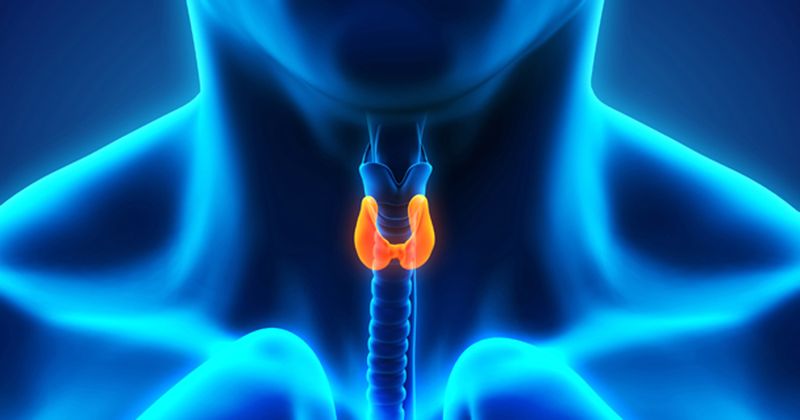Top 2022 thyroid news: Cancer rates, thyroid hormones and NAFLD, and more
The Healio and Endocrine Today editors have compiled the top thyroid news stories from 2022.
Readers were most interested in the rising burden and incidence rates of thyroid cancer across the globe, new data revealing an increased risk for thyroid cancer with GLP-1 receptor agonist use, associations between thyroid hormone levels and nonalcoholic fatty liver disease, and more.

Here are 10 of Healio’s most popular thyroid news stories from 2022.
Thyroid cancer burden on rise in US, Europe
A study found the number of people being diagnosed with thyroid cancer has increased over the last 30 years in the U.S. and Europe. In an analysis of thyroid cancer incidence rates, 13 of 19 countries included in the study had increases from 1990 to 2019.
GLP-1 receptor agonist use for more than 1 year may increase thyroid cancer risk
Adults with diabetes who use GLP-1 receptor agonists may have a higher risk for thyroid cancer, according to a study published in Diabetes Care. In the study, GLP-1 receptor agonist use was reported by 12% of adults with thyroid cancer compared with 9.6% of those without thyroid cancer.
Switching generic levothyroxine preparations does not affect thyroid hormone levels
In findings published in JAMA Internal Medicine, adults who switched generic levothyroxine preparations from one manufacturer to another did not have different mean thyroid-stimulating hormone levels compared with adults who did not switch preparations.
Thyroid hormone levels linked to liver fibrosis in type 2 diabetes
Among a cohort of adults with type 2 diabetes and normal thyroid function, thyroid hormone levels were associated with the presence of nonalcoholic fatty liver disease. The findings suggested that assessing thyroid hormones may help prevent NAFLD.
Thyroid cancer rates on the rise across all income, education levels
An analysis of thyroid cancer rates in Denmark found an increase in papillary thyroid cancer and follicular thyroid cancer from 1995 to 2019. The increase in incidence rates were observed across all income and education levels.
Hypothyroidism more prevalent during late perimenopause, postmenopause
Postmenopausal women and women who are in late menopause transition have a higher prevalence of overt and subclinical hypothyroidism than premenopausal women, according to a study published in Thyroid.
Artificial intelligence may be used to identify benign thyroid nodules
The use of artificial intelligence may assist with thyroid nodule assessment. In data presented at ENDO 2022, use of an ultrasound-based artificial intelligence classifier identified benign thyroid nodules with a sensitivity similar to fine-needle aspiration.
Most thyroid cancers still detected in asymptomatic patients
The majority of thyroid cancers diagnosed across the globe are found in asymptomatic patients. According to findings from an international cohort of adults, 30% of adults with thyroid cancer were symptomatic and 51% had no reported thyroid symptoms at the time of diagnosis.
Risk stratification, molecular testing among recent advances in thyroid cancer treatment
To celebrate the publication’s 20th anniversary, Endocrine Today took a look back at the biggest developments with the treatment of thyroid cancer over the past two decades. Some of the biggest changes included improvements with risk stratification, extensive use of neck ultrasound mapping and the advent of molecular testing.
Age cutoff of 14 years may be more suitable than 18 years for pediatric thyroid cancer
A study published in Thyroid argued for a change to the American Thyroid Association’s cutoff of age 18 years for pediatric differentiated thyroid cancer. In a retrospective review of hospital records from Japan, children aged 14 years and younger were more likely to have lymph node metastasis and gross extrathyroidal extension after surgery for differentiated thyroid cancer than teens age 15 to 18 years.
